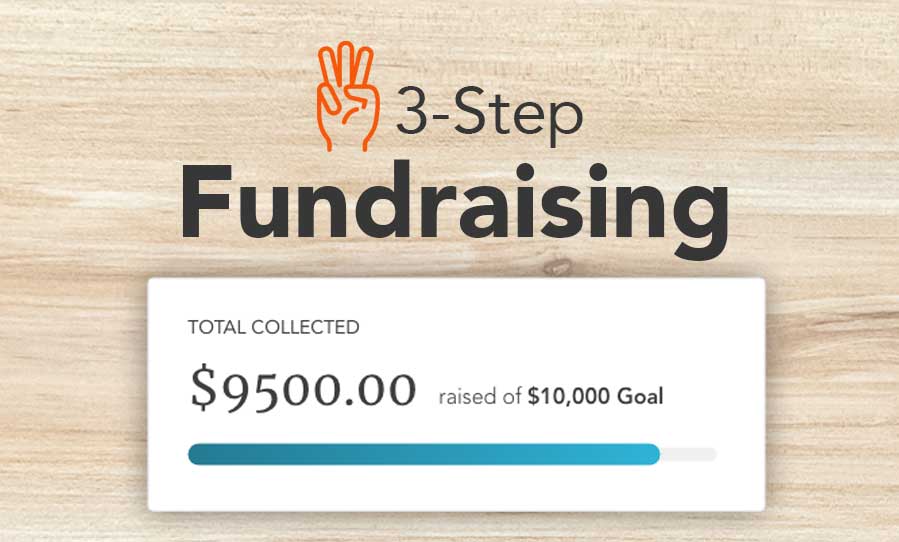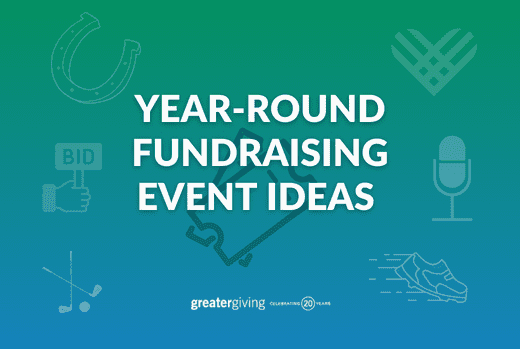Online Fundraising: Proven Strategies to Raise Even More Funds for Your Nonprofit
Online Fundraising: Proven Strategies to Raise Even More Funds for Your Nonprofit
Blog Article
The Function of Area Engagement in Nonprofit Fundraising: Structure Lasting Relationships for Sustainable Assistance
Area engagement is significantly recognized as an important part of successful nonprofit fundraising. The techniques and approaches utilized to involve communities vary commonly, increasing crucial inquiries about effectiveness and effect.
Comprehending Neighborhood Involvement
Area involvement is a vital component of successful nonprofit fundraising efforts. It refers to the techniques and activities that organizations employ to connect with their regional neighborhoods, promoting connections that are mutually beneficial. Comprehending neighborhood engagement includes acknowledging its diverse nature, which consists of outreach, cooperation, and engagement. Nonprofits should identify vital stakeholders-- such as area participants, local companies, and other companies-- to produce effective involvement approaches.
Effective area interaction is based on energetic listening and responsiveness to the requirements and interests of the area. This process involves obtaining feedback, recognizing neighborhood dynamics, and making certain that the company's mission lines up with local top priorities. Involving the neighborhood can take different types, consisting of public conferences, volunteer possibilities, and partnership initiatives, each developed to urge involvement and financial investment in the company's goals.
In addition, community involvement should be approached as a recurring dialogue rather than a single initiative. By fostering a comprehensive setting where area voices are listened to and valued, nonprofits can construct a solid structure for future fundraising ventures. Ultimately, a deep understanding of area engagement encourages companies to develop genuine links that boost their total performance and sustainability.
Advantages of Solid Relationships
Strong partnerships developed via community interaction yield numerous advantages for not-for-profit fundraising efforts. Firstly, these partnerships foster trust fund and reputation, crucial elements in encouraging benefactors to add. When prospective supporters see a not-for-profit proactively included in their community, they are more likely to think in its mission and influence.

Moreover, these partnerships promote efficient communication. Nonprofits can take advantage of their connections to share tales of impact, updates, and requires, making sure that advocates remain enlightened and involved. This open line of interaction not just reinforces bonds but also urges referral promotion, expanding the not-for-profit's reach.
Last but not least, solid area connections can draw in new partners and enrollers. People and companies are more likely to line up with companies that demonstrate significant area involvement, offering added sources and support that can significantly enhance fundraising abilities. Hence, cultivating durable partnerships through neighborhood interaction is indispensable to a nonprofit's long-lasting fundraising success.
Approaches for Effective Interaction
Just how can nonprofits properly involve their areas to enhance fundraising initiatives? Creating targeted approaches is crucial for fostering meaningful links. Initially, leveraging social media systems makes it possible for companies to share their goal dynamically and interactively, getting to a wider audience. Normal updates, involving material, and calls-to-action can galvanize neighborhood interest and participation.
Second, organizing neighborhood events, such as workshops, volunteer possibilities, or fundraising drives, promotes face-to-face interaction, permitting nonprofits to showcase their impact and initiatives. These occasions not just increase funds however likewise cultivate partnerships and permit neighborhood members to engage straight with the reason.
Third, implementing tailored communication strategies can boost engagement. Customizing messages to specific donor segments based on passions and previous contributions cultivates a feeling of belonging and financial investment in the organization's objective.
Last but not least, creating collaborations with regional organizations and neighborhood leaders can intensify outreach initiatives. Collaborative campaigns can boost presence and integrity, demonstrating a cumulative commitment to the community's wellness. By incorporating these techniques, nonprofits can construct long lasting partnerships that improve fundraising initiatives and drive sustainable support.
Gauging Interaction Success
While engaging the neighborhood is crucial for effective nonprofit fundraising, measuring the effectiveness of these engagement initiatives is just as vital. Developing clear metrics enables organizations to evaluate how well they are connecting with their target market and accomplishing their fundraising goals. Key efficiency indications (KPIs) such as contributor retention rates, volunteer participation levels, and interaction on social networks platforms give substantial data for assessment.

Routinely analyzing these metrics makes it possible for companies to pivot their approaches when needed, making sure that community involvement stays aligned with their total goal. Moreover, sharing these outcomes with stakeholders cultivates transparency and builds trust, motivating further area involvement. Ultimately, a durable measurement structure not just notifies future fundraising initiatives however additionally reinforces the connection between the not-for-profit and its advocates, preparing for sustainable success.
Case Studies in Area Influence
Countless study illustrate the extensive influence that community involvement can have on not-for-profit fundraising success. One notable example is the "Food for Idea" initiative, here are the findings where a regional food financial institution partnered with companies and institutions to host community suppers. These events not just raised funds but additionally promoted a sense of belonging amongst individuals, dramatically boosting donor retention prices.
One more compelling instance is the "Eco-friendly Spaces Task," which involved local citizens in the revitalization of urban parks. This initiative not only garnered economic assistance from local services yet additionally grew a volunteer base that added to recurring upkeep and shows. The feeling our website of possession and satisfaction amongst neighborhood participants equated right into continual contributions.
In the realm of arts, the "Art for All" project effectively engaged regional artists and patrons to develop joint art setups, causing boosted exposure and donations for a local arts nonprofit.
These instances highlight that when nonprofits focus on neighborhood involvement, they can create lasting relationships that boost fundraising initiatives, ensuring lasting assistance and promoting a dynamic community society. Such situations demonstrate that community involvement is not simply a technique but an important pillar of not-for-profit success.
Final Thought
In final thought, area engagement is important to the success of nonprofit fundraising efforts. Inevitably, a durable foundation of neighborhood assistance not just enhances fundraising prospective yet also cultivates a culture of cooperation, essential for accomplishing long-lasting business useful link objectives and sustaining meaningful effect. fundraising consultant.
Nonprofits have to identify essential stakeholders-- such as neighborhood participants, neighborhood businesses, and other organizations-- to produce reliable involvement strategies.

In verdict, neighborhood interaction is integral to the success of not-for-profit fundraising efforts.
Report this page